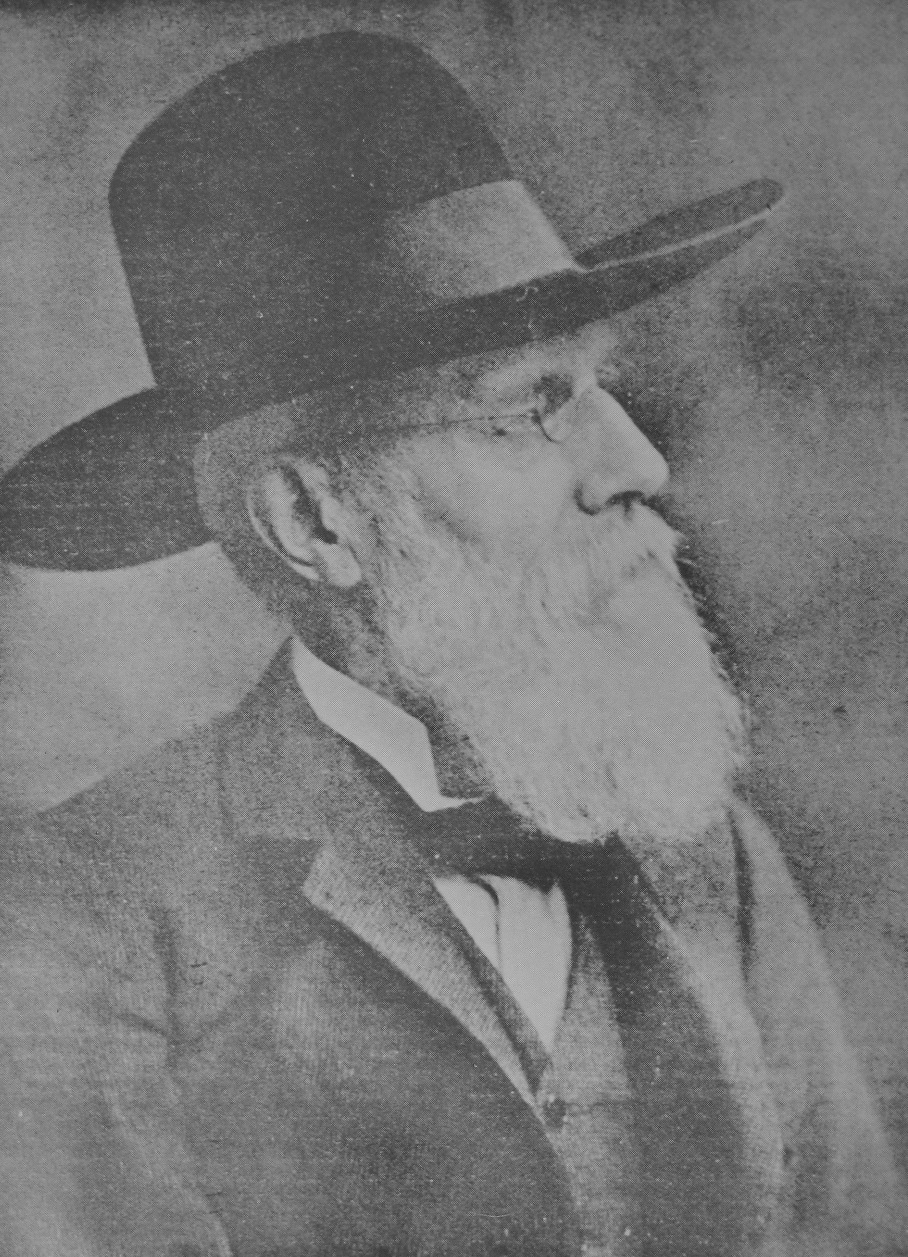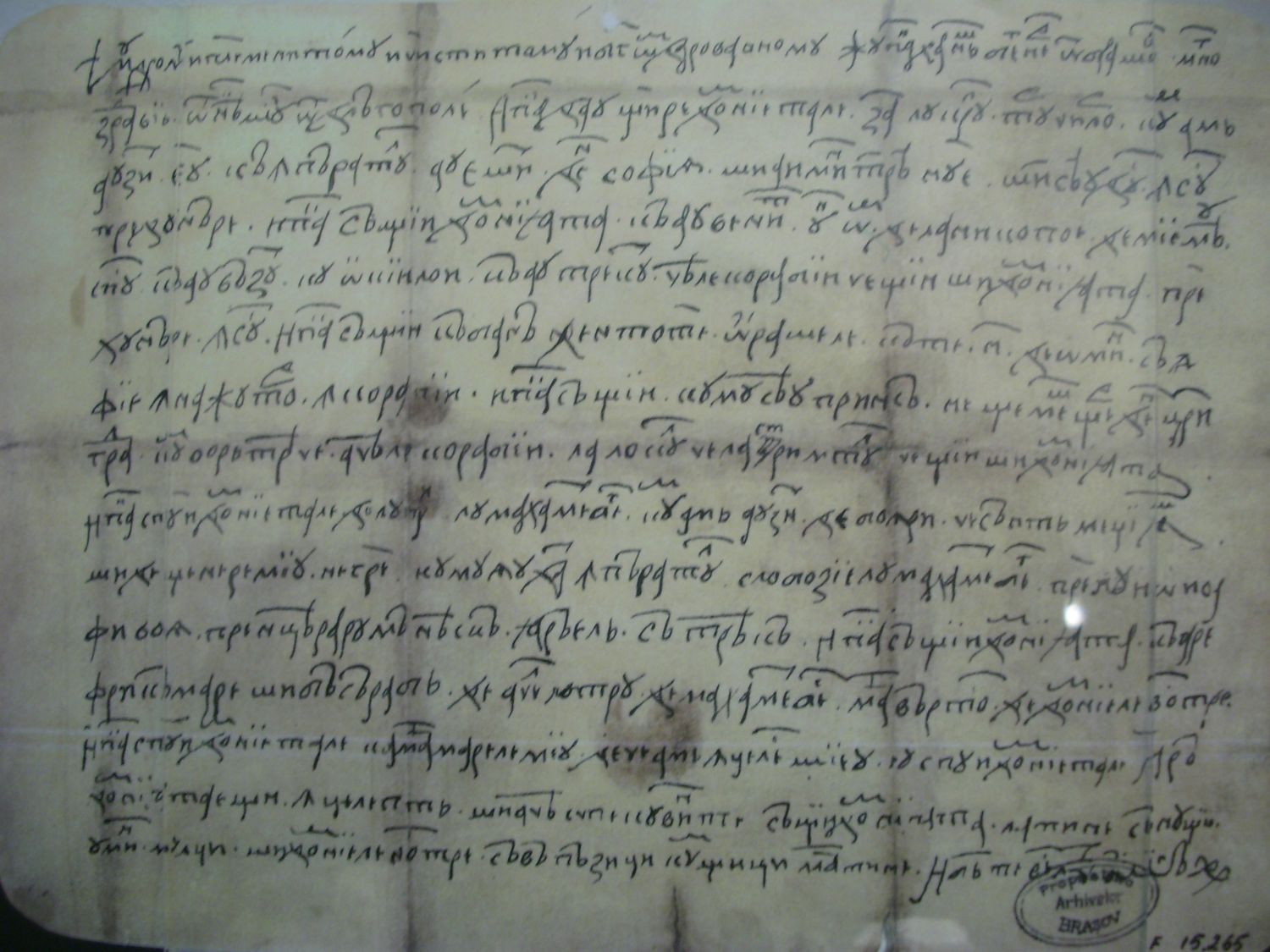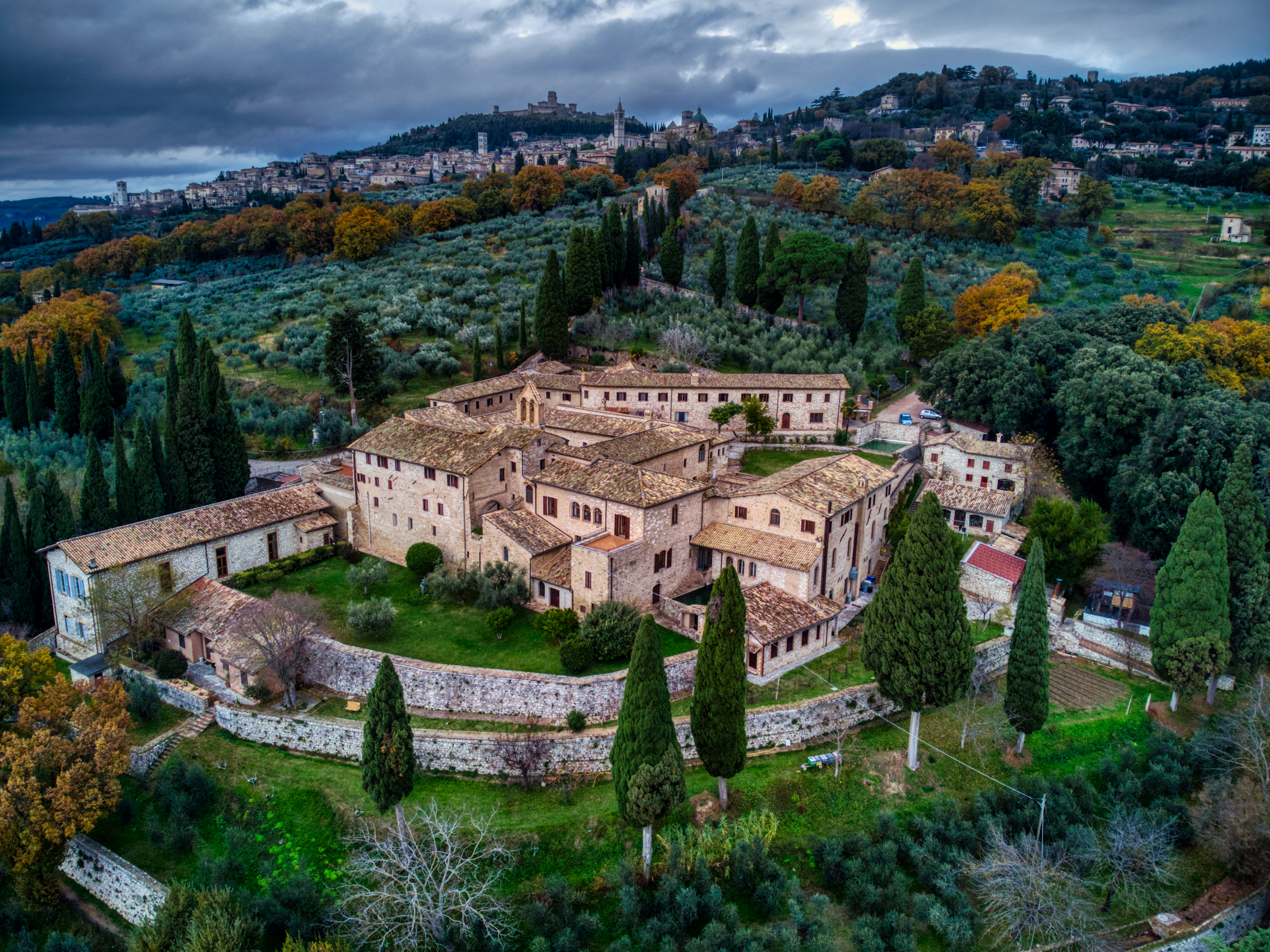|
Robrecht Holman
Robrecht Holman (1521–1579) was the 36th abbot of Dunes. Life Holman was born in Sluis in 1521 and entered the Abbey of Dunes as a youth. In 1568 he was elected abbot. His abbacy was marked by the social instability arising from the opening years of the Dutch Revolt. He died in Bruges on 29 December 1579 and was buried in an unmarked grave in the church of the Poor Clares. Two portraits of Holman were exhibited in the 1902 ''Exposition des primitifs flamands à Bruges''. Some scholars attribute these works to Gillis Claeissens. B. Dewilde, 'Gillis Claeissens: een 'onbekende' schilder uit het zestiende-eeuws Brugge. Aanzet tot reconstructie van zijn oeuvre binnen de Claeissensgroep', Revue Belge d’archéologie et d’histoire de l’art, 78, 2009, pp. 29–67 References {{DEFAULTSORT:Holman, Robrecht 1521 births 1579 deaths Abbots of Dunes People from the Habsburg Netherlands 16th-century Christian abbots ... [...More Info...] [...Related Items...] OR: [Wikipedia] [Google] [Baidu] [Amazon] |
Abbot
Abbot is an ecclesiastical title given to the head of an independent monastery for men in various Western Christian traditions. The name is derived from ''abba'', the Aramaic form of the Hebrew ''ab'', and means "father". The female equivalent is abbess. Origins The title had its origin in the monasteries of Egypt and Syria, spread through the eastern Mediterranean, and soon became accepted generally in all languages as the designation of the head of a monastery. The word is derived from the Aramaic ' meaning "father" or ', meaning "my father" (it still has this meaning in contemporary Arabic: أب, Hebrew: אבא and Aramaic: ܐܒܐ) In the Septuagint, it was written as "abbas". At first it was employed as a respectful title for any monk, but it was soon restricted by canon law to certain priestly superiors. At times it was applied to various priests, e.g. at the court of the Frankish monarchy the ' ("of the palace"') and ' ("of the camp") were chaplains to the Merovingian ... [...More Info...] [...Related Items...] OR: [Wikipedia] [Google] [Baidu] [Amazon] |
William Henry James Weale
William Henry James Weale (8 March 1832 – 26 April 1917) was a British art historian who lived and worked most of his life in Bruges and was one of the first to research the Early Netherlandish painting (then better known as "Flemish Primitives") extensively. He was also a pioneer in the study of early bookbinding, and a staunch promoter of Gothic Revival architecture. Biography Weale was born in Marylebone, London, in 1832 as the son of James Weale (died 1838) and Susan de Vezian (died 1855). His father was the librarian to John Baker Holroyd, 1st Earl of Sheffield and had a large book collection of his own. Weale had two sisters: Charlotte and Henrietta. Weale studied at King's College London between 1843 and 1848. He was the headmaster at a school in Islington. In 1854, he married Helena Amelia Walton, and the next year, after the death of his mother, they moved to Bruges. Weale was already interested in early Flemish art, and could pursue that interest much better in Fla ... [...More Info...] [...Related Items...] OR: [Wikipedia] [Google] [Baidu] [Amazon] |
Abbots Of Dunes
Abbot is an ecclesiastical title given to the head of an independent monastery for men in various Western Christian traditions. The name is derived from ''abba'', the Aramaic form of the Hebrew ''ab'', and means "father". The female equivalent is abbess. Origins The title had its origin in the monasteries of Egypt and Syria, spread through the eastern Mediterranean, and soon became accepted generally in all languages as the designation of the head of a monastery. The word is derived from the Aramaic ' meaning "father" or ', meaning "my father" (it still has this meaning in contemporary Arabic: أب, Hebrew: אבא and Aramaic: ܐܒܐ) In the Septuagint, it was written as "abbas". At first it was employed as a respectful title for any monk, but it was soon restricted by canon law to certain priestly superiors. At times it was applied to various priests, e.g. at the court of the Frankish monarchy the ' ("of the palace"') and ' ("of the camp") were chaplains to the Merovingian a ... [...More Info...] [...Related Items...] OR: [Wikipedia] [Google] [Baidu] [Amazon] |
1579 Deaths
Year 1579 ( MDLXXIX) was a common year starting on Thursday of the Julian calendar, and a common year starting on Monday of the Proleptic Gregorian calendar. Events January–March * January 6 – The Union of Arras unites the southern Netherlands under the Duke of Parma, governor in the name of king Philip II of Spain. * January 23 – The Union of Utrecht unites the northern Netherlands in a confederation called the United Provinces. William I of Orange becomes ''Stadtholder'', and the Duc d'Anjou, younger brother of Henry III of France, is invited to become hereditary sovereign. * February 4 – The Ghent Republic joins the Union of Utrecht. * February 28 – The seizure in September by Willem IV van den Bergh, of the Boxmeer Castle in September in the Netherlands is condemned by the other Dutch members of the Union of Utrecht. * March 1 – Off of the coast of what is now Ecuador, the English galleon ''Golden Hind'', captained by Francis D ... [...More Info...] [...Related Items...] OR: [Wikipedia] [Google] [Baidu] [Amazon] |
1521 Births
1521 (Roman numerals, MDXXI) was a common year starting on Tuesday of the Julian calendar, the 1521st year of the Common Era (CE) and ''Anno Domini'' (AD) designations, the 521st year of the 2nd millennium, the 21st year of the 16th century, and the 2nd year of the 1520s decade. Events January–March * January 3 – Pope Leo X excommunicates Martin Luther, in the papal bull ''Decet Romanum Pontificem''. * January 22 – Charles V, Holy Roman Emperor, opens the Diet of Worms in Worms, Germany. * January 27 – Suleiman the Magnificent suppresses a revolt by the ruler of Damascus Eyalet, Damascus, Janbirdi al-Ghazali. * February 2 – The Nydala Abbey Bloodbath takes place at Nydala Abbey, Sweden; the abbot and many monks are murdered by Danes. * March 6 ** Ferdinand Magellan makes the first European contact with Guam, most likely landing in Tumon. ** Martin Luther is summoned to appear before the Diet of Worms. * March 16 – Ferdinand Magellan reac ... [...More Info...] [...Related Items...] OR: [Wikipedia] [Google] [Baidu] [Amazon] |
Abbot Of Dunes
Ten Duinen Abbey or the Abbey of the Dunes () was a Cistercian monastery at Koksijde in what is now Belgium. It was one of the richest and most influential religious institutions in the medieval County of Flanders. It later relocated from Koksijde to the city of Bruges. History A religious community was founded in the dunes near Koksijde by the hermit Ligerius in 1107. In 1120 the community took the Rule of St Benedict as its rule of life, and in 1139 it became affiliated to the Cistercian Order. Partly through donations and partly through land reclamation work in the dunes and polders, the monastery developed extensive landholdings on which the lay brothers reared sheep, producing wool for the cloth trade. A dependent house was established at Eastchurch, in Kent, to export wool from England, but was later sold to Boxley Abbey. The daughter house Ter Doest Abbey was founded in 1175 and also became rich and influential. New buildings were begun in 1214 and completed in 1237, to hou ... [...More Info...] [...Related Items...] OR: [Wikipedia] [Google] [Baidu] [Amazon] |
Gillis Claeissens
Gillis Claeissens or Egidius ClaeissensAlso called: Gillis Claeissens the Elder, Egidius Claeis, Gillis Claeis, Egidius Claeissins, Gillis Claeissins, Egidius Claeys, Gillis Claeys (Bruges, 1526 – Bruges, 17 December 1605) was a Flemish painter of portraits and altarpieces and a member of a prominent family of artists originating in Bruges.Gillis Claeissens at the It has only been possible to distinguish Gillis Claeissens' work from that of his father and siblings after scholars discovered a contract with the artist for the painting of a triptych. [...More Info...] [...Related Items...] OR: [Wikipedia] [Google] [Baidu] [Amazon] |
Georges Hulin De Loo
Georges Hulin de Loo (10 December 1862, in Ghent – 27 December 1945, in Brussels) was a Belgian art historian specialising in Early Netherlandish art Early Netherlandish painting is the body of work by artists active in the Burgundian and Habsburg Netherlands during the 15th- and 16th-century Northern Renaissance period, once known as the Flemish Primitives. It flourished especially in the .... He was educated in his home city of Ghent where he attended high school and university, earning a Ph.D from the Faculty of Arts in 1883, and a degree in law three years later. He then traveled to Germany and Paris to continue his studies, returning to Ghent in 1889 to take up a teaching position the University of Ghent in a variety of subjects such as logic and law.Hulin de Loo ''Dictionary of Art Historians''. Retrieved 18 November 2 ... [...More Info...] [...Related Items...] OR: [Wikipedia] [Google] [Baidu] [Amazon] |
Exposition Des Primitifs Flamands à Bruges
The Exposition des primitifs flamands à Bruges (''Exhibition of Flemish Primitives at Bruges'') was an art exhibition of paintings by the so-called Flemish Primitives (nowadays usually called Early Netherlandish painters) held in the Provinciaal Hof in Bruges between 15 June and 5 October 1902. It was the largest exhibition of 15th- and 16th-century Flemish art to date, consisted of 413 official catalogue entries, and drew some 35,000 visitors. The exposition was highly influential, leading to at least five contemporary books as well as numerous scholarly articles, and initiated deeper study of the Flemish Primitives by a new generation of connoisseurs. It also inspired Johan Huizinga to research and write his ''The Autumn of the Middle Ages''. The change in attribution of many important works (in table below) reflects progress in understanding the era by art historians since then, although it is an ongoing process. Exposition The 1902 exhibition was not the first to focus o ... [...More Info...] [...Related Items...] OR: [Wikipedia] [Google] [Baidu] [Amazon] |
Poor Clares
The Poor Clares, officially the Order of Saint Clare (Latin language, Latin: ''Ordo Sanctae Clarae''), originally referred to as the Order of Poor Ladies, and also known as the Clarisses or Clarissines, the Minoresses, the Franciscan Clarist Order, and the Second Order of Saint Francis, are members of an Enclosed religious orders, enclosed order of nuns in the Roman Catholic Church. The Poor Clares were the second Franciscan branch of the order to be established. The first order of the Franciscans, which was known as the Order of Friars Minor, was founded by Saint Francis of Assisi in 1209. Three years after founding the Order of Friars Minor, Francis of Assisi and Clare of Assisi founded the Order of Saint Clare, or Order of Poor Ladies, on Palm Sunday in the year 1212. They were organized after the manner of the Order of Friars Minor and before the Third Order of Saint Francis, Third Order of Saint Francis was founded. As of 2011, there were over 20,000 Poor Clare nuns in over ... [...More Info...] [...Related Items...] OR: [Wikipedia] [Google] [Baidu] [Amazon] |
Ten Duinen Abbey
Ten Duinen Abbey or the Abbey of the Dunes () was a Cistercian monastery at Koksijde in what is now Belgium. It was one of the richest and most influential religious institutions in the medieval County of Flanders. It later relocated from Koksijde to the city of Bruges. History A religious community was founded in the dunes near Koksijde by the hermit Ligerius in 1107. In 1120 the community took the Rule of St Benedict as its rule of life, and in 1139 it became affiliated to the Cistercians, Cistercian Order. Partly through donations and partly through land reclamation work in the dunes and polders, the monastery developed extensive landholdings on which the lay brothers reared sheep, producing wool for the cloth trade. A dependent house was established at Eastchurch, in Kent, to export wool from England, but was later sold to Boxley Abbey. The daughter house Ter Doest Abbey was founded in 1175 and also became rich and influential. New buildings were begun in 1214 and completed in ... [...More Info...] [...Related Items...] OR: [Wikipedia] [Google] [Baidu] [Amazon] |
Gillis Claeissens - Christ The Saviour Adored By Abbot Robert Holman (detail)
Gillis may refer to: People *Gillis (name), list of people named Gillis *Gillis (surname), list of people with this surname Places ;Belgium *Sint-Gillis (Saint-Gilles, Belgium), municipality *Sint-Gillis-Waas, municipality *Sint-Gillis-bij-Dendermonde, town in the municipality of Dendermonde ;United States *Gillis, Louisiana *Gillis Bluff Township, Butler County, Missouri *Gillis Range, a mountain range in Nevada Things *Gillis Centre complex of historical buildings in Edinburgh, Scotland *Gillis College a former seminary in Edinburgh, Scotland *''The Many Loves of Dobie Gillis'', a 1951 collection of short stories and a 1959-1963 American TV series * USS ''Gillis'' (DD-260) (1919-1945), a Clemson-class destroyer in the United States Navy *Willie Gillis, a fictional character by Norman Rockwell See also * Gilli (other) *Gillies Gillies is both a Scottish surname and a given name shared by several notable people: Surname uses Politicians * Duncan Gillies (1834–190 ... [...More Info...] [...Related Items...] OR: [Wikipedia] [Google] [Baidu] [Amazon] |







